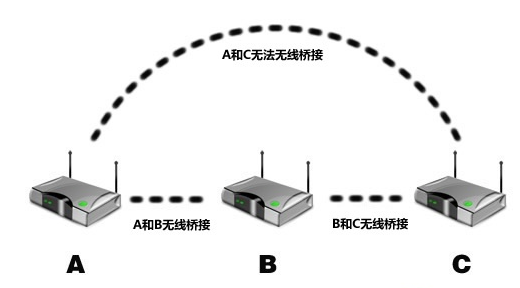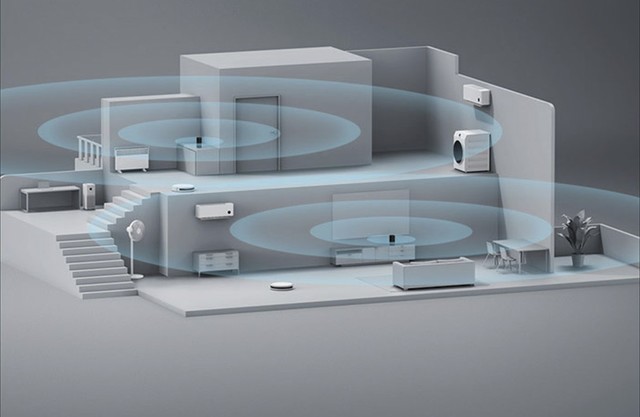Home with big walls and few whole house WiFi coverage try Mesh networking

The whole-house WiFi coverage of large apartments has always been a headache for users. Due to the restrictions of relevant standards, the transmit power of a single wireless router must not exceed 100μw, which makes the WiFi coverage of large-scale homes appear dead .

In order to solve the problem of WiFi coverage in the whole house, many netizens choose to use multiple wireless routers for wireless relay to solve the problem. However, after using the wireless relay, netizens found that although the WiFi signal is full, the Internet access speed has slowed down.
This is because the network speed will be halved after the WiFi is relayed, and the wireless signals can only be relayed in sequence, resulting in very slow Internet access after multiple relays.
In fact, wireless relay is a technology that is already very backward and can be said to be eliminated. Open the router product page of the e-commerce business, we can find that many wireless routers support the mesh networking function, which is the trump card to solve the whole-house WiFi coverage of large-scale users who have "big homes and few walls".

Disadvantages of wireless relay
In contrast, networking mesh is to allow each wireless router to transmit wireless signals to each other to form a cellular network. For example, the traditional wireless relay technology mentioned above can only go from A to B, and then from B to C, and Communication between C and A is impossible.

mesh networking
The mesh network means that all three devices of ABC can communicate with each other, forming a network that is connected to each other like a "bee hive". As long as the user is within the signal range of the main router, the access point can be powered on to easily expand the home WiFi coverage, without the need for manual configuration by the user, and enjoy the convenience of a high-speed wireless network.
However, if there are many load-bearing walls and many turns in the home, it is not suitable to use mesh networking. After all, mesh networking is still carried out through WiFi, and objects with large attenuation of WiFi signals will also affect the effect of mesh networking.
At present, most WiFi 6 wireless routers on the market support mesh networking function. Friends who "have a big family and few walls" should use it!